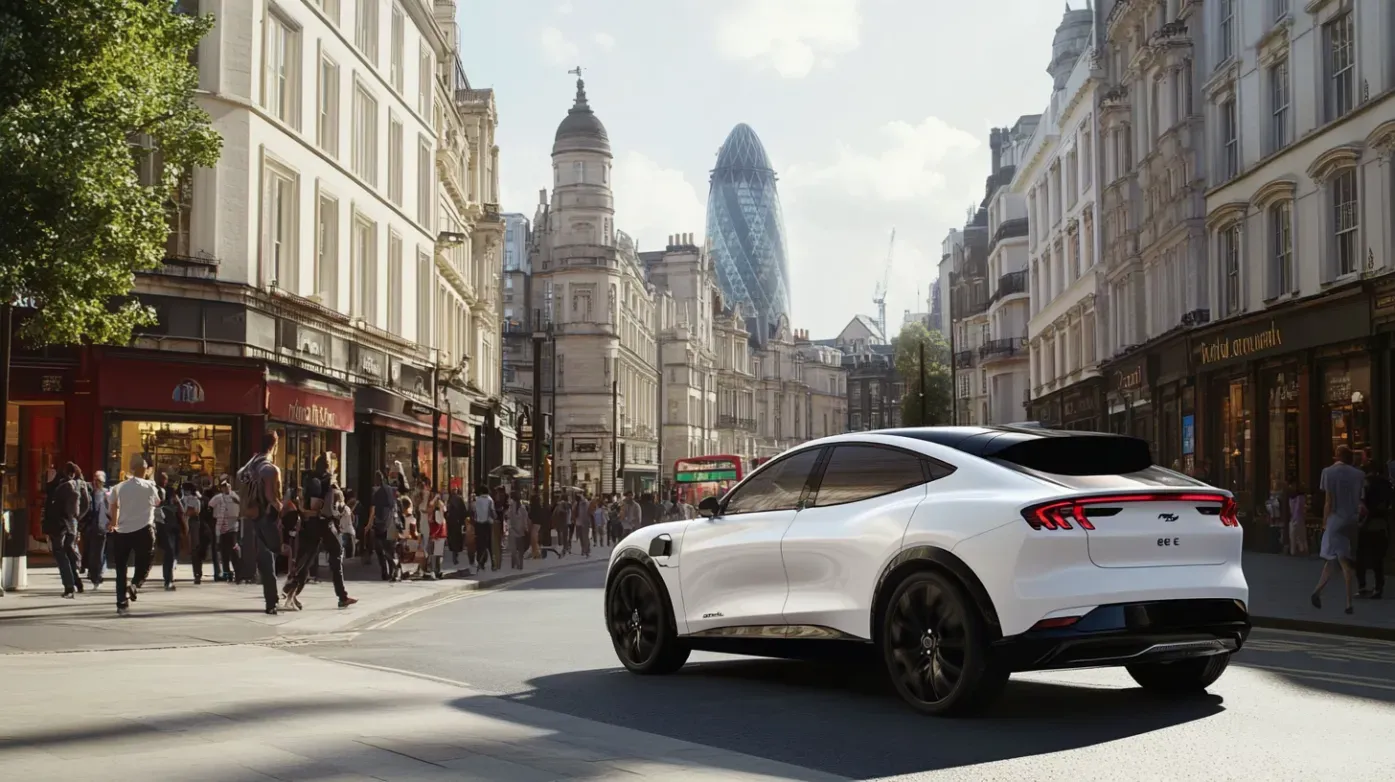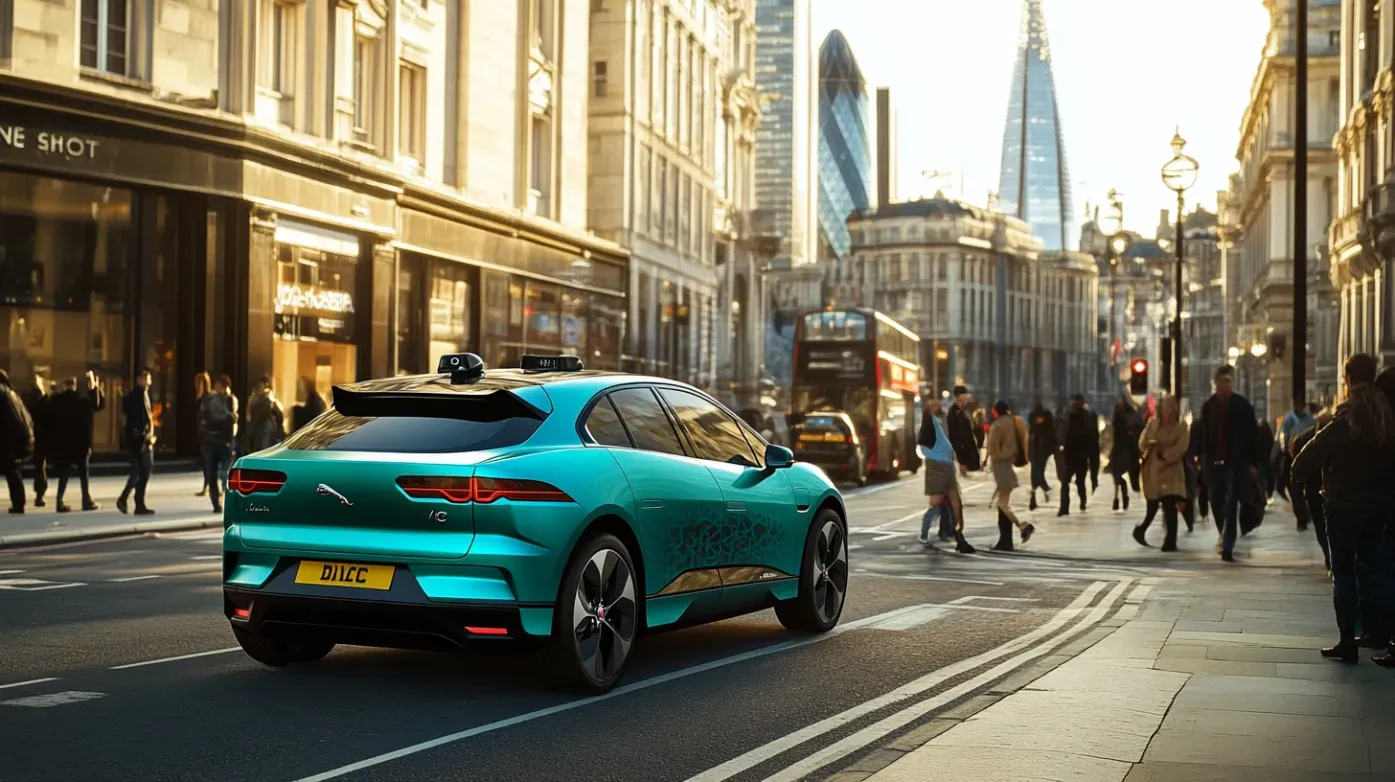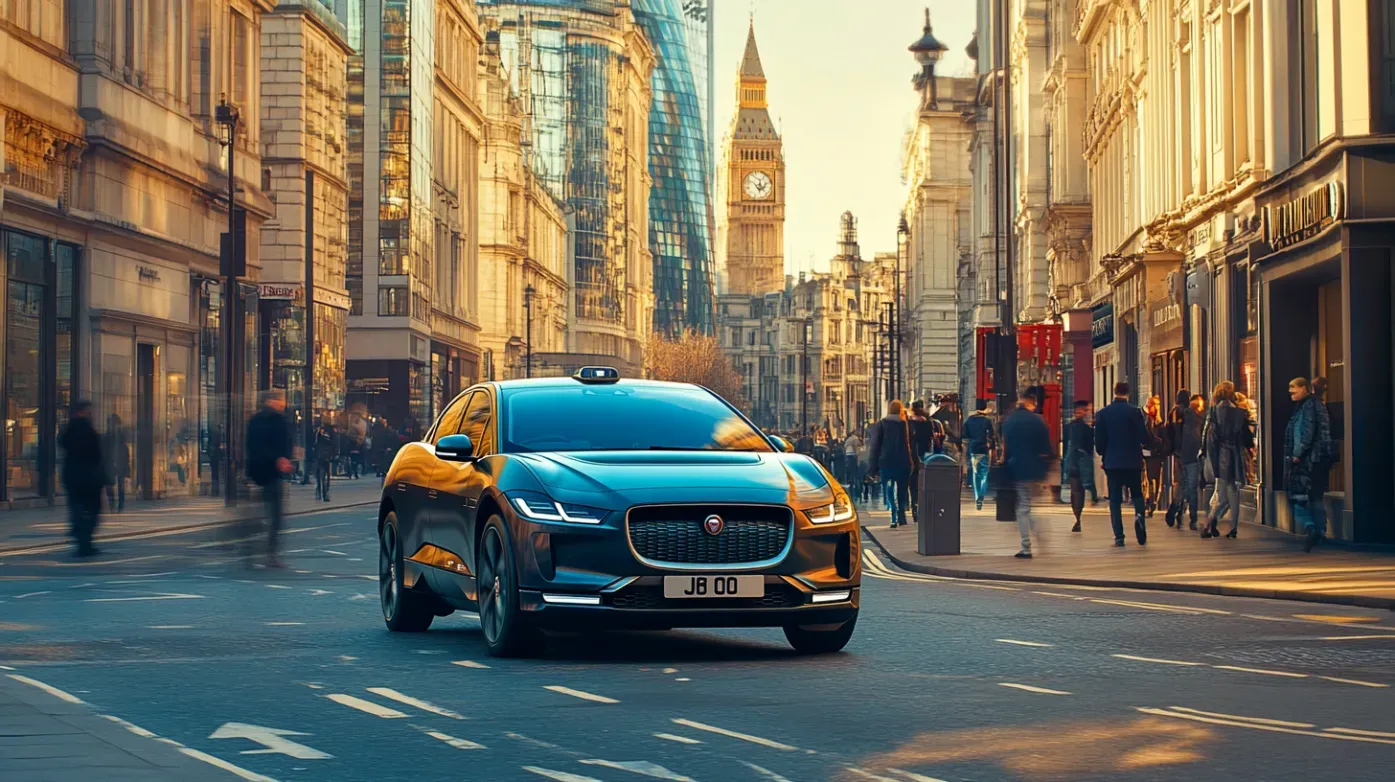How much does cost to rent a taxi in the uk?
Driving Solo: The Journey of an Independent Taxi Driver in the UK

Embarking on the path of an independent taxi driver in the UK involves unique challenges and opportunities. In this article, we explore the experiences and decisions made by taxi drivers who choose to rent vehicles to offer traditional taxi services, particularly through platforms like Uber.
The Independent Taxi Driver
Choosing to be an independent taxi driver signifies a move towards entrepreneurship. This decision is not just about driving; it's about creating a business. Renting a suitable vehicle becomes a crucial step in establishing oneself as an independent taxi service provider.
Dealing with Additional Charges
Being aware of any additional charges imposed by the rental agency is crucial for budgeting purposes. Independent taxi drivers need to factor in these charges to maintain profitability and ensure transparent financial planning.New paragraph
New paragraphLeveraging Technology for Efficiency
Technology plays a pivotal role in the efficiency of independent taxi services. Utilizing technology for ride bookings, route optimization, and staying informed about market trends are essential for staying competitive and maximizing efficiency.
New paragrapNavigating Government Regulations
Compliance with regulations governing independent taxi services is paramount. Understanding the legal requirements and any associated taxes or fees ensures smooth operations and prevents potential legal issues.
| Vehicle | Age | Price Per Week |
|---|---|---|
| VW Passat | 10 Years | £150 |
| Ford Mondeo | 6 Years | £180 |
| Kia Niro | Upto 3 years | £250 |
| Tesla Model 3 | Upto 3 Years | £320 |
| Mercedes E Class | Upto 3 Years | £350 |
| LEVC TX | New | £380 |
You might also like





